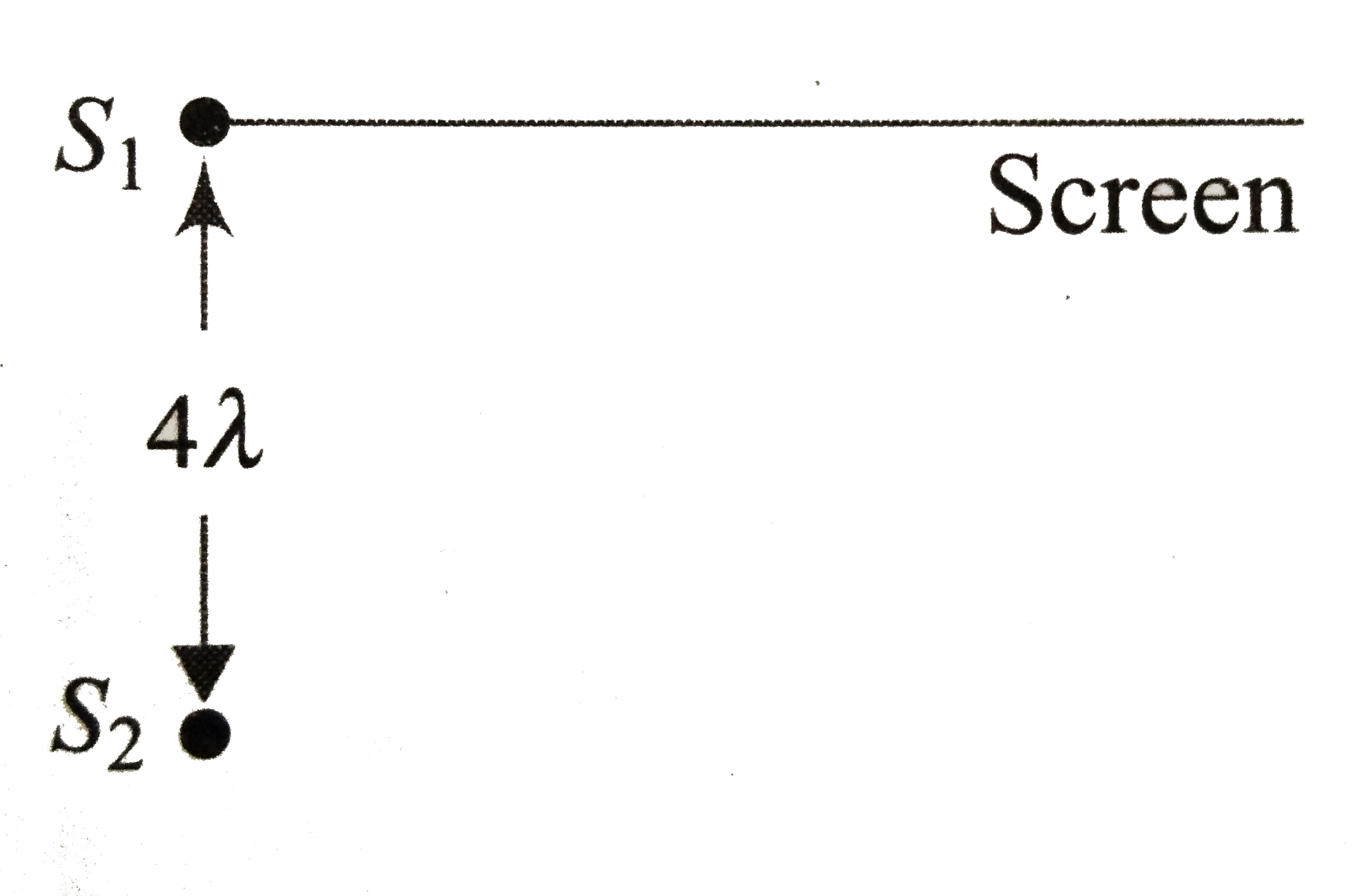Complete Solutions to Assertion- Reasoning of chapter WAVE OPTICS of Class 12 book with complete answers and questions
| Class 12 | PHYSICS |
| Chapter | WAVE OPTICS |
| CENGAGE PHYSICS | Assertion- Reasoning |
| Number Of Questions | 13 |
| Academic Year | 2023-24 |
Statement I: In Young's double-slit experiment, the two slits are at distance d apart. Interference pattern is observed on a screen at distance D from the slits. At a point on the screen which is directly opposite to one of the slits, a dark fringe is observed. Then, the wavelength of wave is proportional to the squar of distance between two slits.
Statement II: For a dark fringe, intensity is zero04:05View SolutionStatement I: In Young's experiment, for two coherent sources, the resultant intensity is given by `I = 4 I_(0) cos^(2) ((phi)/(2))`
Statement II: Ratio of maixmum to minimum intensity is `(I_(max))/(I_(min)) = ((sqrt I_(1) + sqrt I_(2))^(2))/((sqrt I_(2) - sqrt I_(2))^(2))`.05:11View SolutionStatement I: In calculating the disturbance produced by a pair of superimposed incoherent wave trians, you can add their intensities.
Statement II: `I_(1) + I_(2) + 2 sqrt(I_(1) I_(2)) cos delta`. The average value of `cos delta = 0` for incoherent waves.02:29View SolutionStatement I: Fringe width depends upon refractive index of the medium.
Statement II: Refractive index changes optical path of ray of light forming fringe pattern.02:51View SolutionStatement I: In Young's experiment, the fringe width for dark fringes is different from that of white fringes.
Statement II: In Young's doulbe-slit experiment, when the fringes are observed with a source of white light then only black and bright fringes are observed.01:54View SolutionStatement I: In interference, all the fringes are of same, width
Statement II: In interference, fringe width is independent of the position of fringe.01:44View SolutionStatement I: Two point coherent sources of light `S_(1)` and `S_(2)` are placed on a line as shown in figure. P and Q are two points on that line. If at point P maximum intensity is observed, then maximum intensity should also be observed at Q.

Statement II: In figure the distance `|S_(1) P - S_(2) P|` is equal to distance `|S_(1) Q - S_(2) Q|`.04:25View SolutionStatement I: Two coherent point sources of light having no-zero phase difference are separated by a small distance. Then, on the perpendicular bisector of line segment joining both the point sources, constructive inteference cannot be obtained.
Statement II: For two waves from coherent point sources to interfere constructively at a point, the magnitude of their phase difference at that point must be `2 m pi` (where m is non-negative integer).03:01View SolutionStatement I: While calculating intensities in interference pattern, we can add the intensities of the individual waves.
Statement II: Principle of superposition is valid for liner waves.01:30View SolutionStatement I: For the situation shown in figure two identecal coherent light sources produce interference pattern on the screen. The intensity of minima nearest to `S_(1)` is not exactly zero.

Statement II: Minimum intensity is zero, when interfering waves have same intensity at the location of superposition.03:01View SolutionStatement I: In YDSE, if separation between the slits is less than wavelength of light, then no interference pattern can be observed.
Statement II: For interference pattern to be observed, light sources have to be coherent.02:24View SolutionStatement I: We can hear around corners, but we greater see around corners.
Statement II: Wavelength of sound is much greater than wavelength of ligth.01:42View SolutionStatement I: An electron beam is used to obtain interference in a simple Young's double-slit experiment arrangement with appropriate distance between the slits. If the speed of electrons in increased, the width decreases.
Statement II: de Broglie wavelength of electron is inversely proportional to the speed of the electrons.02:17View Solution
Assertion- Reasoning questions and complete solutions for chapter WAVE OPTICS of CENGAGE PHYSICS (HINGLISH) of Class 12
